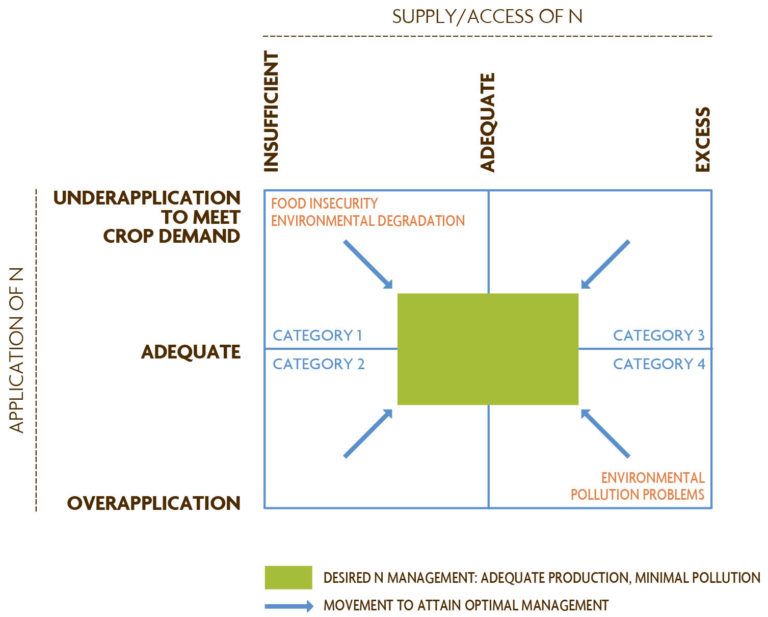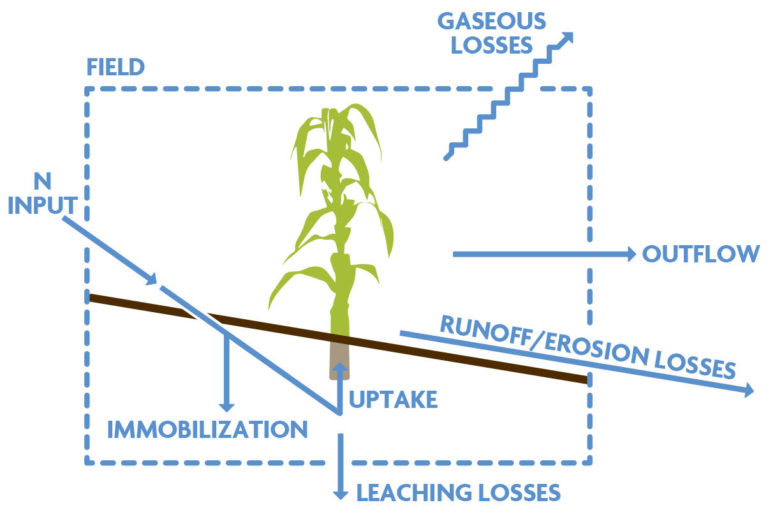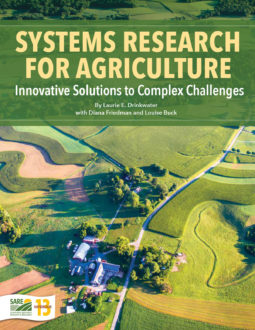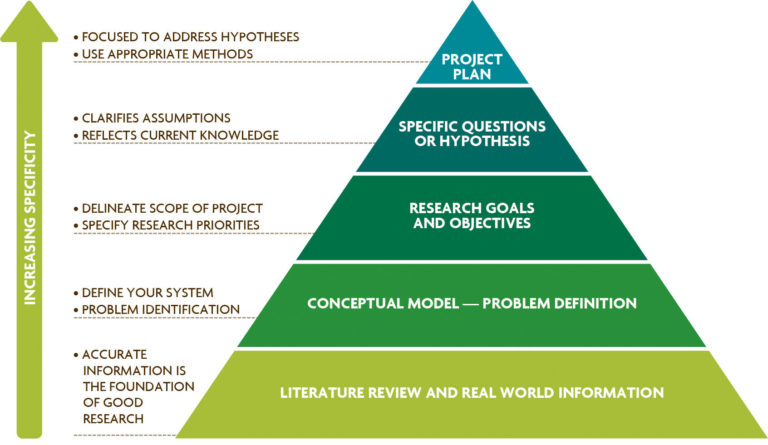
Collaborative research is most successful when it progresses sequentially through the steps of project development. The process begins with sharing knowledge and information, moves to defining the problem and setting goals, and then to developing the questions and hypotheses that form the basis for the experimental plan.
Figure 3.1 shows how a team can move from general to specific planning and depicts the importance of revisiting issues as a project develops. For example, budgets and other resources need to be planned in the early stages, but as the team sets goals and objectives and moves through the final planning stages, the budget should be adjusted as allocations for each objective are identified and tweaked. (Reallocation of financial resources for projects funded at different levels than proposed is covered in chapter 5.)
Information Gathering and Literature Review
Scientists cannot develop research questions in a vacuum. As with all scientific inquiry, defining problems and formulating research questions and hypotheses must occur in tandem with thorough knowledge of the pertinent literature. In agricultural systems research, this knowledge is usually supplemented by information not generally available from scientific journals, such as agronomic, ecological and economic knowledge of local and regional farming systems, and farmers’ observations of and familiarity with local farming systems. This “unpublished” information is particularly important for agricultural systems research that aims to improve local production systems.
Although scientists and practitioners bring knowledge of the literature and varying degrees of familiarity with local and regional production systems to a project, knowledge gaps often become evident as problems are framed and the experiment is developed. These gaps can be addressed by having the team brainstorm about what information is needed to move the project to the next stage and then by dividing up the task of collecting this information. The broader the range of disciplines represented on the team, the more important it is to foster cross-disciplinary exchange of basic information, which ultimately forms the foundation of the project.
Identifying the Problem
In traditional research settings, most people classify problems according to their area of expertise and then create a “mental map” of their research program. These maps typically include broad goals, assumptions about the question or problem under study, a series of questions to be addressed and a plan for how the results will be used to move to the next stage of inquiry.
An interdisciplinary team working on agricultural systems research must move beyond fragmented, discipline-oriented definitions of problems. The problem must be framed to integrate diverse perspectives and to form a logical basis for reaching goals and answering research questions.
Consider, for instance, the roles that different experts can play in developing approaches to remediate nitrogen runoff. In a conventional research setting, each scientist and practitioner would view the problem through his or her disciplinary lens and would focus on tackling that part of the problem. In contrast, an interdisciplinary approach would require integration of distinct perspectives to provide linkages among system components that would be evident to each team member. Using this approach, the team would develop a broad model that portrays how system components interact to contribute to the problem. This model could include field-scale biophysical processes, landscape characteristics that influence fertilizer loss, and socioeconomic processes that influence farmers’ management decisions. Figure 3.2 depicts three conceptual models of impacts and factors that contribute to nitrogen use and pollution from a systems perspective, each generated by a team with different perspectives and priorities.
To be useful as a project planning tool, a concept map should:
- Describe a system that encompasses the research questions
- Have clear boundaries
- Define the system components and their interactions
- Provide a logical framework for the research questions
- Be developed and agreed upon by all collaborators such that each person can find his or her subsystem or area of expertise in the model
- Be understandable to reviewers, stakeholders and potential funders.
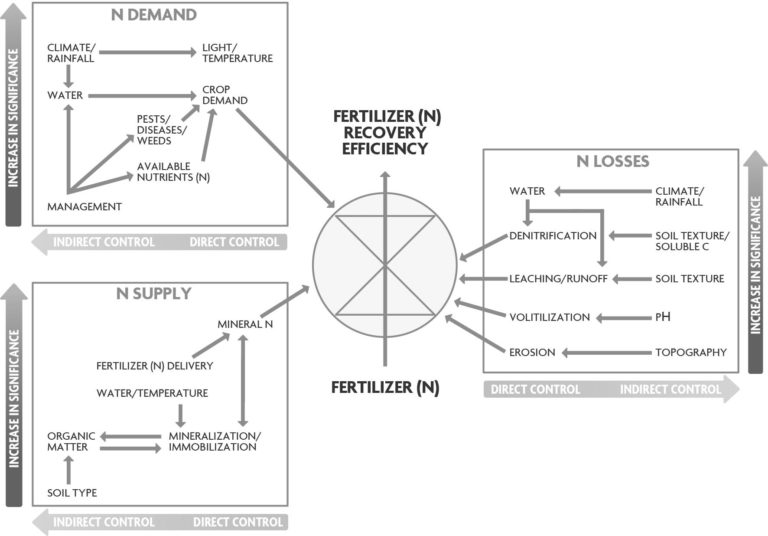
Concept maps, as discussed in chapter 2, make a useful starting point for interdisciplinary collaboration because they require a team to graphically represent the research problem within a larger systems context (Heemskerk et al., 2003). This ensures that everyone in the group begins with the same picture of the complex system and problem. Thus, in addition to the team-building function, a conceptual model is indispensable in formulating a research plan.
Establishing Goals and Objectives
Once the research team agrees upon a conceptual model of the system or problem that will be the project focus, it can move to the next stage of developing project goals and research questions, where cross-disciplinary syntheses often emerge.
At this early stage, it is easier to include everyone’s ideas about goals and questions than to condense or set priorities, so teams should be inclusive. However, this can lead to unwieldy projects with too many goals that are too diffuse to be managed effectively, so the group will eventually need to limit the project goals by setting priorities. The team leader’s ability to facilitate project development will be crucial at this juncture. The leader must ensure that the group considers how well the goals and priorities balance the interests of different disciplines and stakeholders and whether they are a good fit for the project as a whole. Each participant must also have a research focus in the project that will be cutting-edge in their discipline and that will contribute to the whole. Otherwise some participants may feel they are merely “in service to” the project without reaping any professional gain (see Boxes 1.3 and 1.4).
